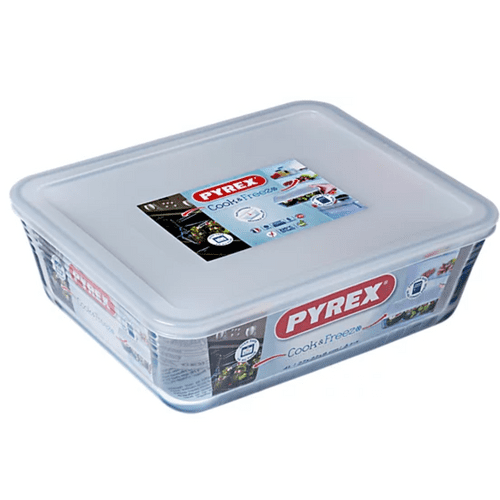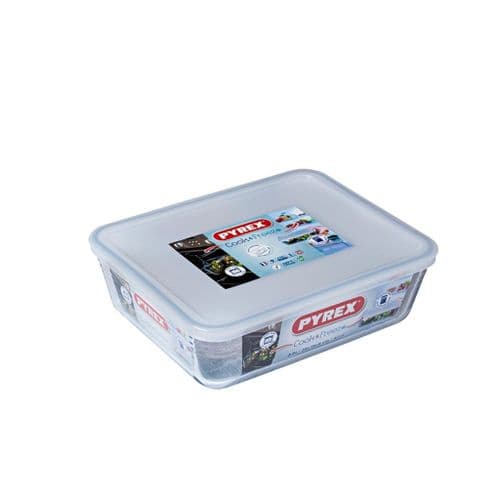
A Guide to Different Types of Frying Pans and Their Uses
Frying pans are a kitchen essential, but with so many types available, choosing the right one can feel overwhelming. Each type of frying pan has unique characteristics, making it suited to specific cooking tasks. In this guide, we’ll explore the most common types of frying pans, their features, and when to use them.
1. Non-stick Frying Pans
Features:
- Coated with a layer of non-stick material (often Teflon or ceramic).
- Requires little to no oil for cooking.
- Easy to clean.
Best For:
- Cooking delicate foods like eggs, pancakes, and fish.
- Low to medium-heat cooking.
Pros:
- Food doesn’t stick, reducing clean-up time.
- Great for healthier cooking with minimal oil.
Cons:
- The coating can wear off over time.
- Not ideal for high-heat cooking.
2. Cast Iron Skillets
Features:
- Made entirely of cast iron.
- Excellent heat retention and even heat distribution.
- Can be used on stovetops, in ovens, or even over campfires.
Best For:
- Searing, frying, baking, and slow-cooking dishes.
- Cooking steaks, cornbread, or frittatas.
Pros:
- Extremely durable and long-lasting.
- Naturally non-stick when well-seasoned.
- Adds a unique flavour to food over time.
Cons:
- Heavy and requires regular seasoning to prevent rust.
- Takes longer to heat up.
3. Stainless Steel Frying Pans
Features:
- Constructed from stainless steel, often with an aluminium or copper core for better heat conduction.
- Resistant to rust, corrosion, and scratches.
Best For:
- Browning and searing meats.
- Sauces that require deglazing.
Pros:
- Durable and dishwasher-safe.
- Handles high heat well.
- Doesn’t react with acidic foods.
Cons:
- Food can stick if the pan isn’t preheated or oiled properly.
- Can be challenging to clean after certain dishes.
4. Carbon Steel Frying Pans
Features:
- Similar to cast iron but lighter.
- Requires seasoning for a natural non-stick surface.
- Quick to heat and cool down.
Best For:
- Stir-frying, sautéing, and high-heat searing.
- Cooking in professional or fast-paced kitchens.
Pros:
- Versatile and durable.
- Suitable for high-heat cooking.
Cons:
- Requires regular seasoning to maintain its non-stick properties.
- Prone to rust if not properly cared for.
5. Ceramic Frying Pans
Features:
- Coated with a ceramic-based non-stick layer.
- Free of PTFE and PFOA (common in traditional non-stick pans).
Best For:
- Low-fat cooking of vegetables, eggs, and light sautéing.
Pros:
- Non-toxic and environmentally friendly.
- Easy to clean and visually appealing.
Cons:
- Less durable than other materials; coating may chip over time.
- Not ideal for high-heat cooking.
6. Copper Frying Pans
Features:
- Made of copper, often lined with stainless steel to prevent food reactions.
- Excellent heat conductivity and quick temperature adjustments.
Best For:
- Precision cooking that requires controlled heat.
- Sauces and delicate dishes.
Pros:
- Exceptional heat control.
- Beautiful and stylish appearance.
Cons:
- Expensive and requires polishing to maintain shine.
- Can react with certain foods if unlined.
Choosing the Right Frying Pan for You
When selecting a frying pan, consider your cooking style, the types of dishes you prepare most often, and your maintenance preferences. For everyday use, non-stick pans are a convenient choice, while cast iron and stainless steel are excellent for more robust cooking. If you enjoy experimenting in the kitchen, investing in multiple types of frying pans can elevate your culinary creations.
No matter which frying pan you choose, proper care and maintenance will extend its lifespan and keep it performing at its best. Happy cooking!



